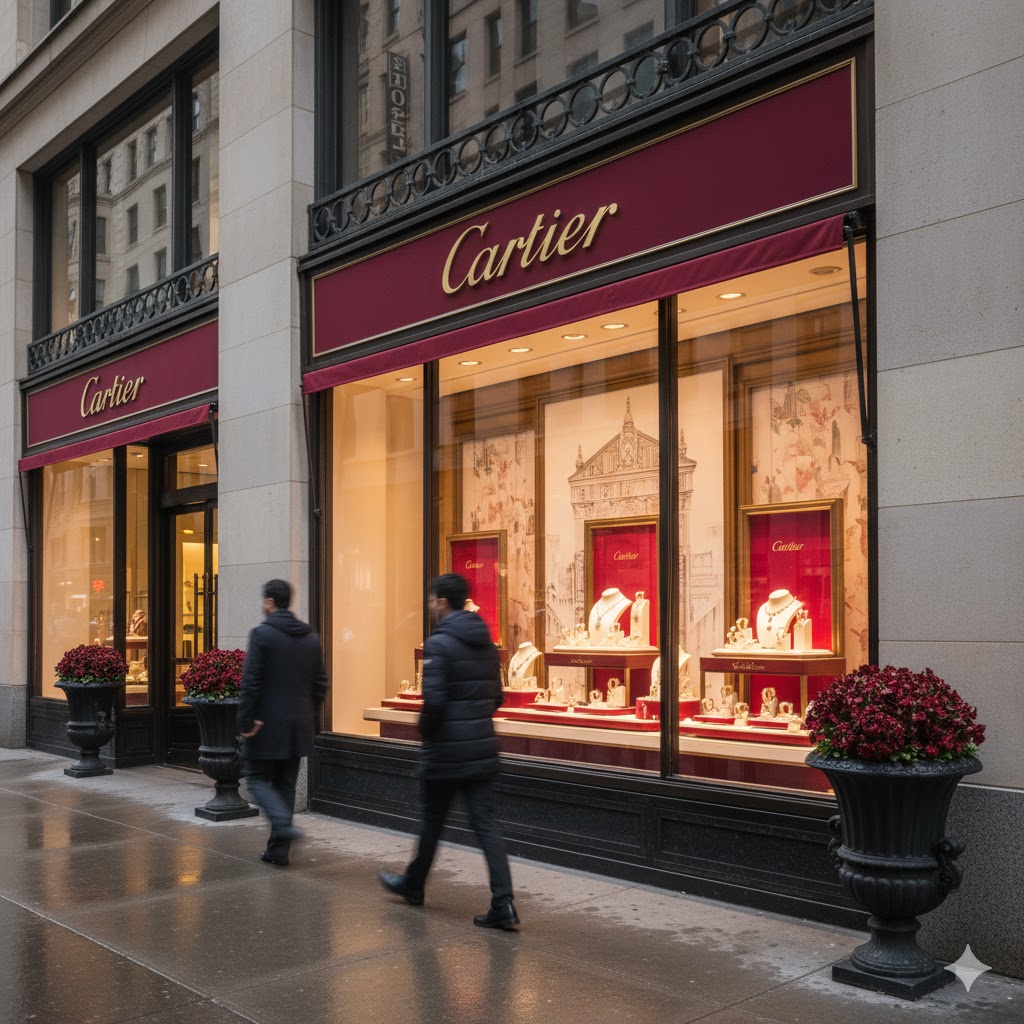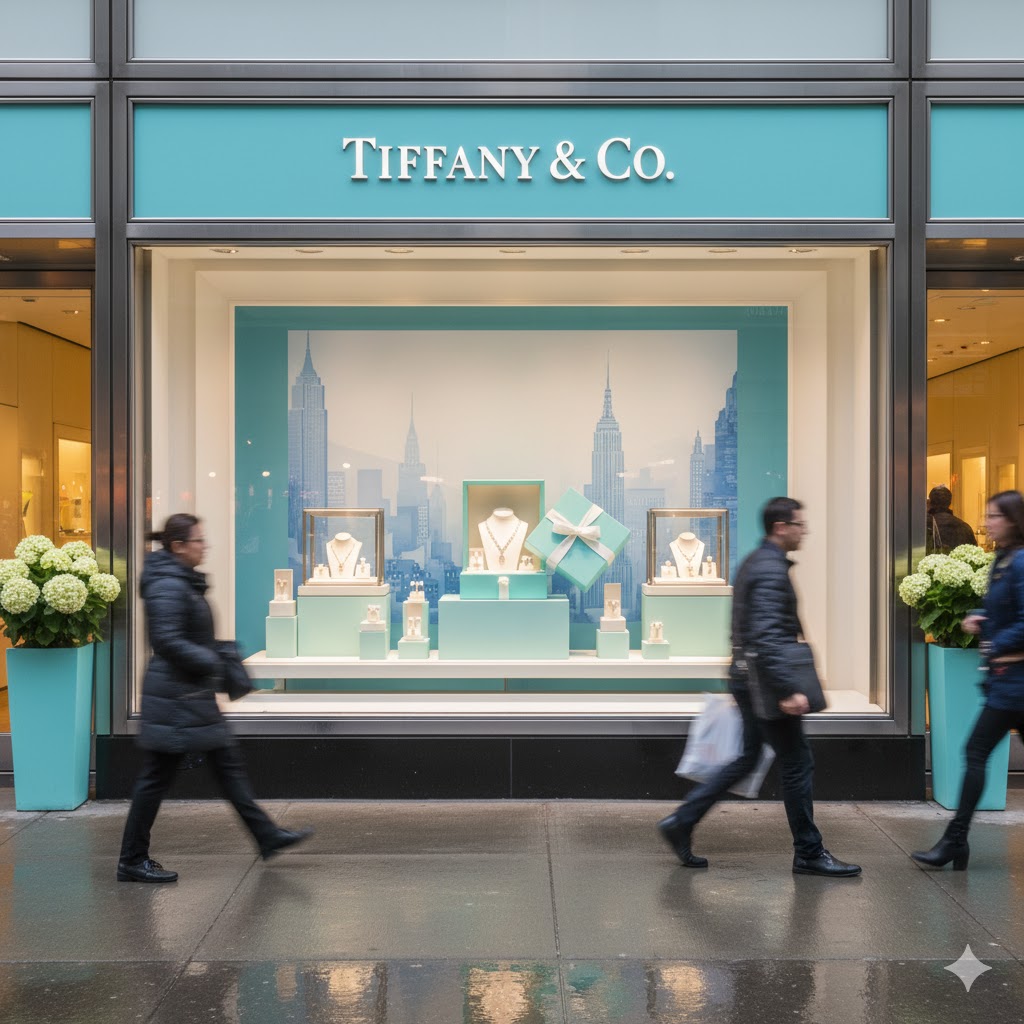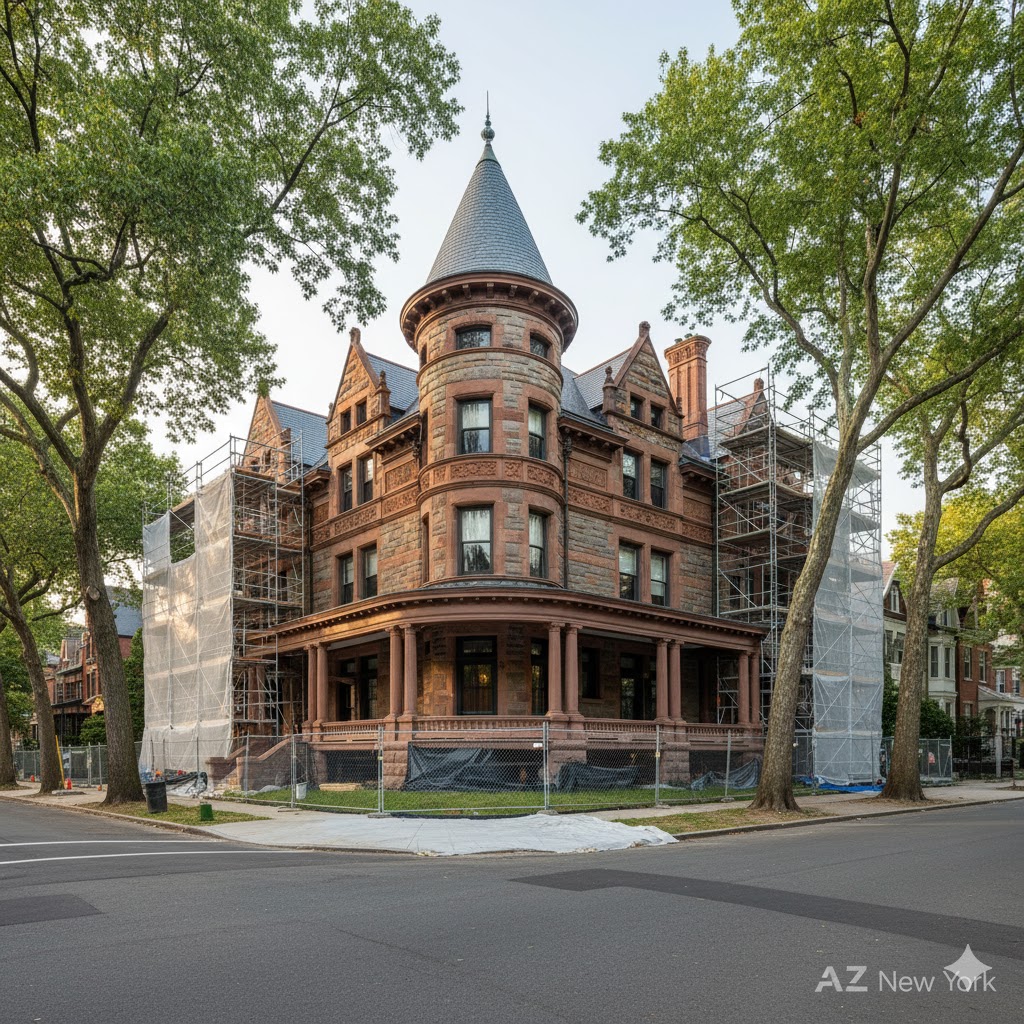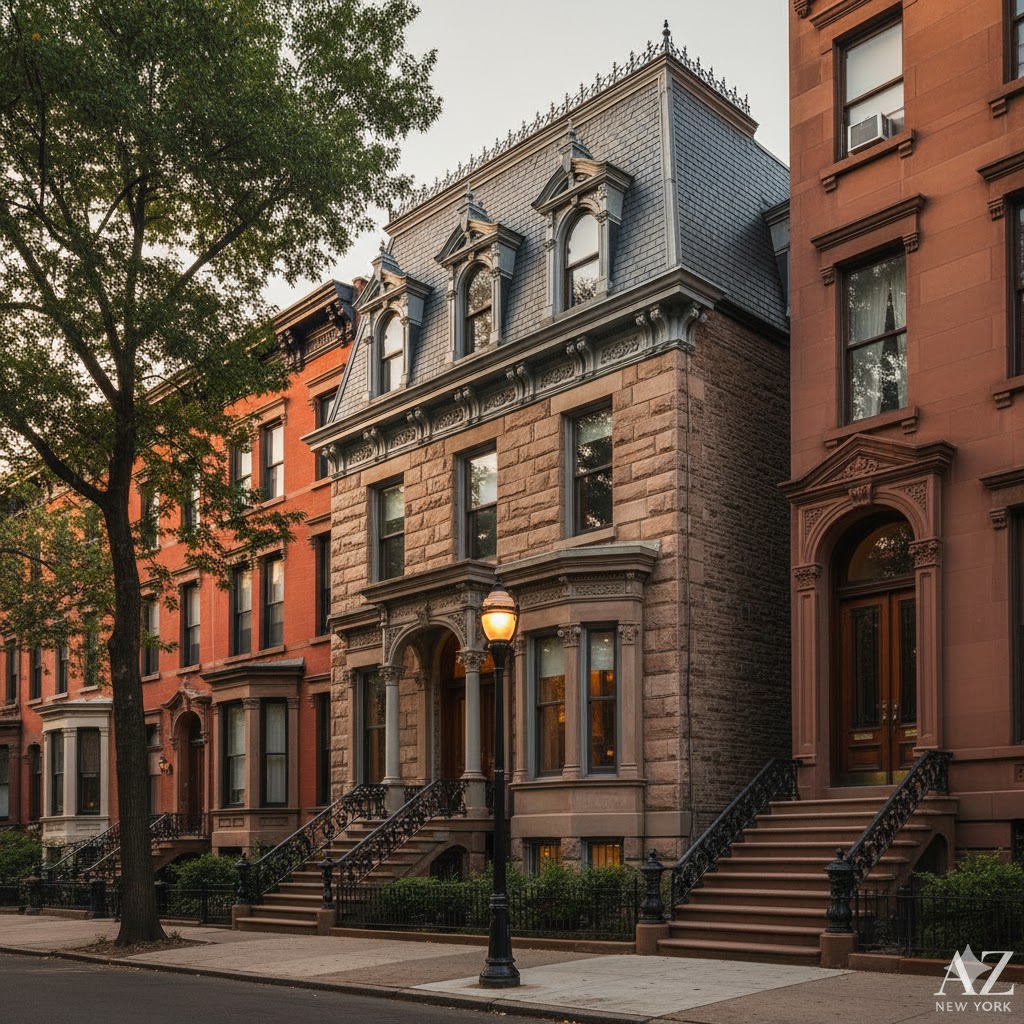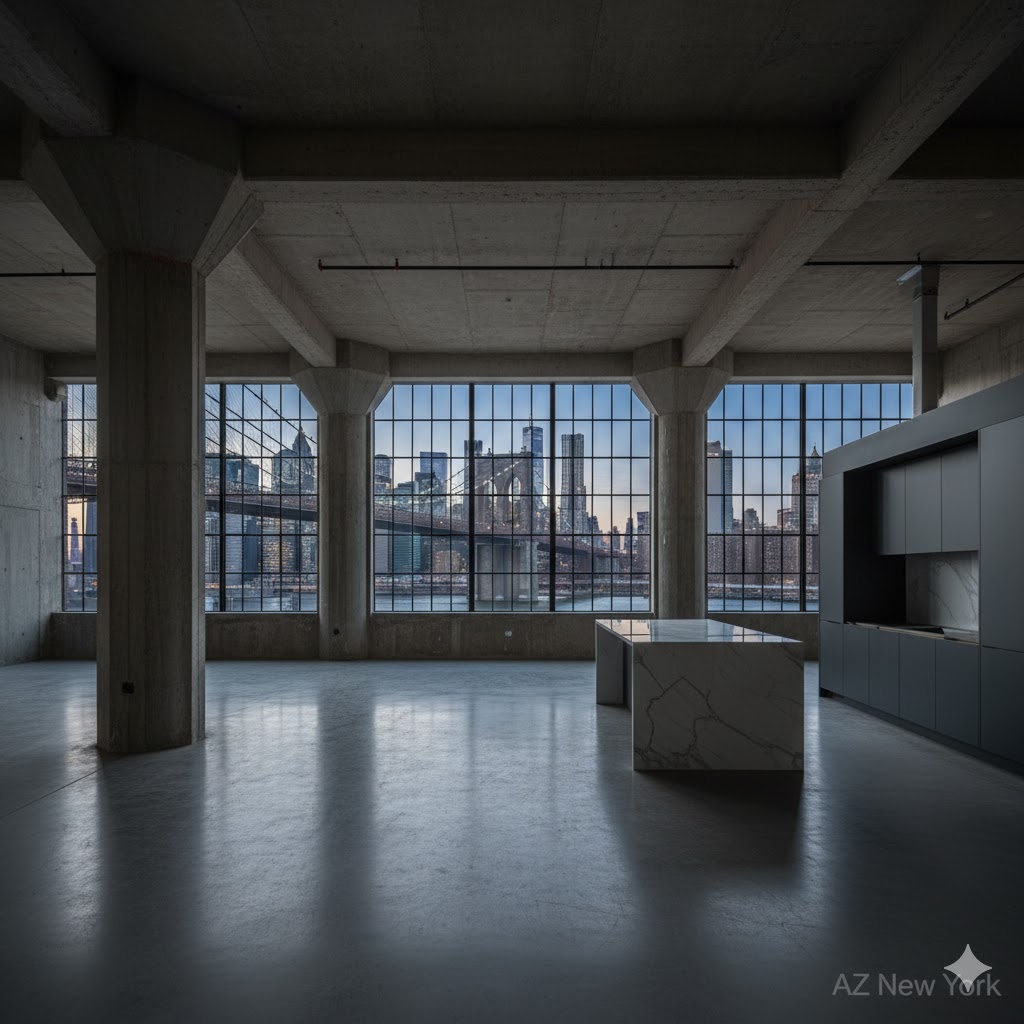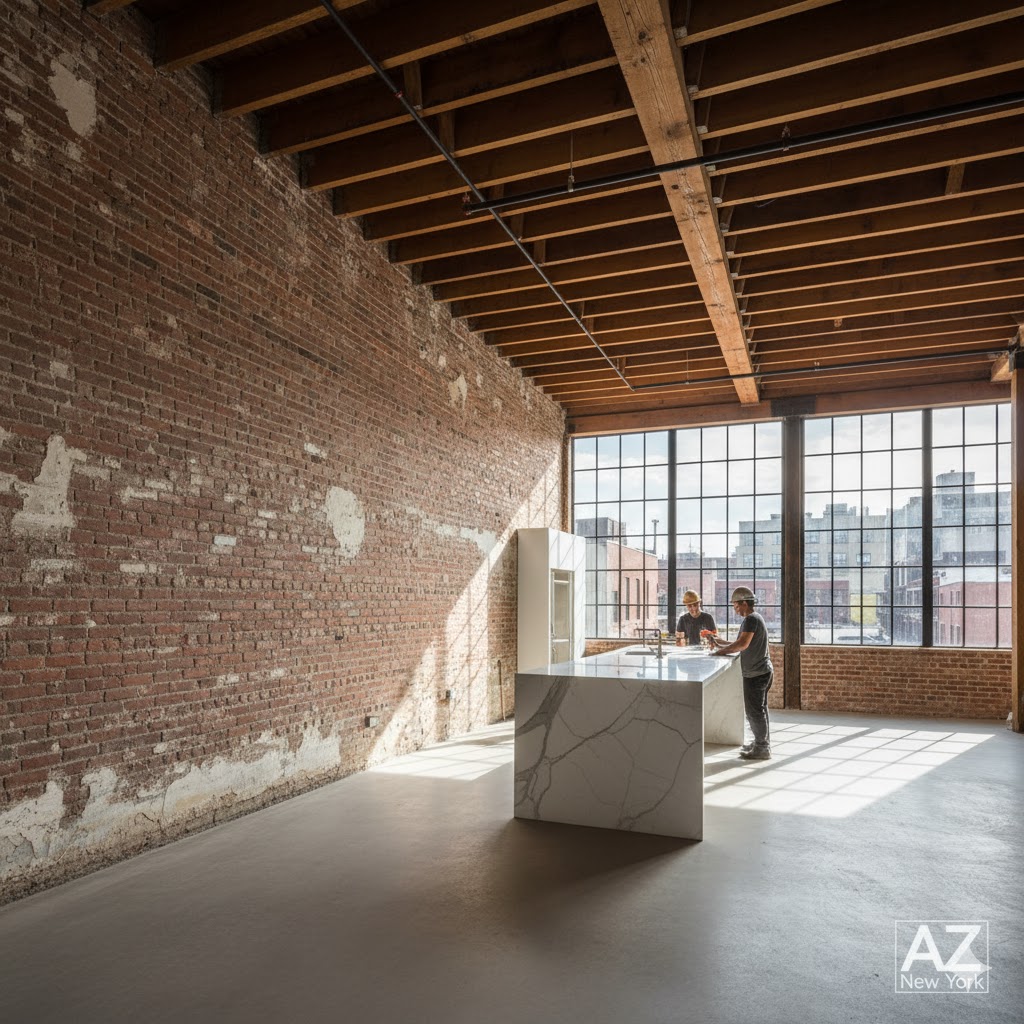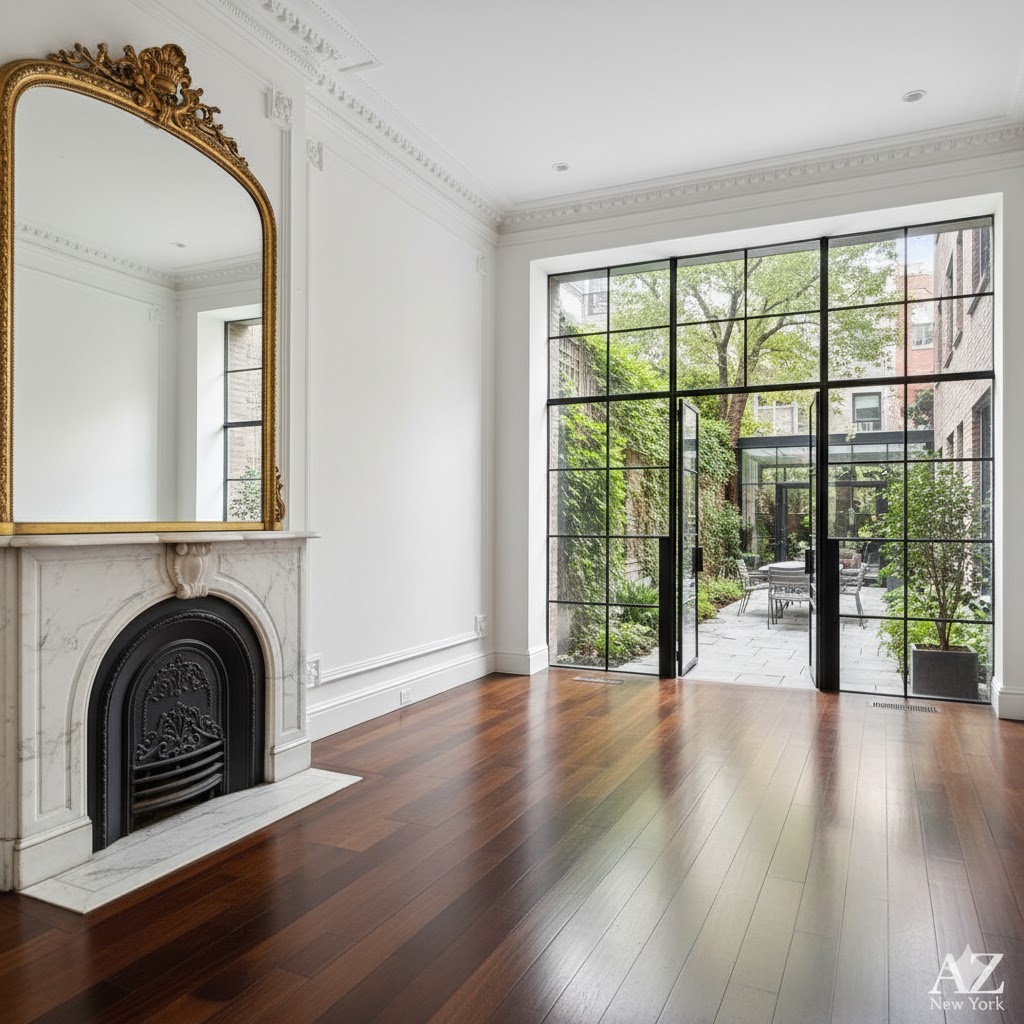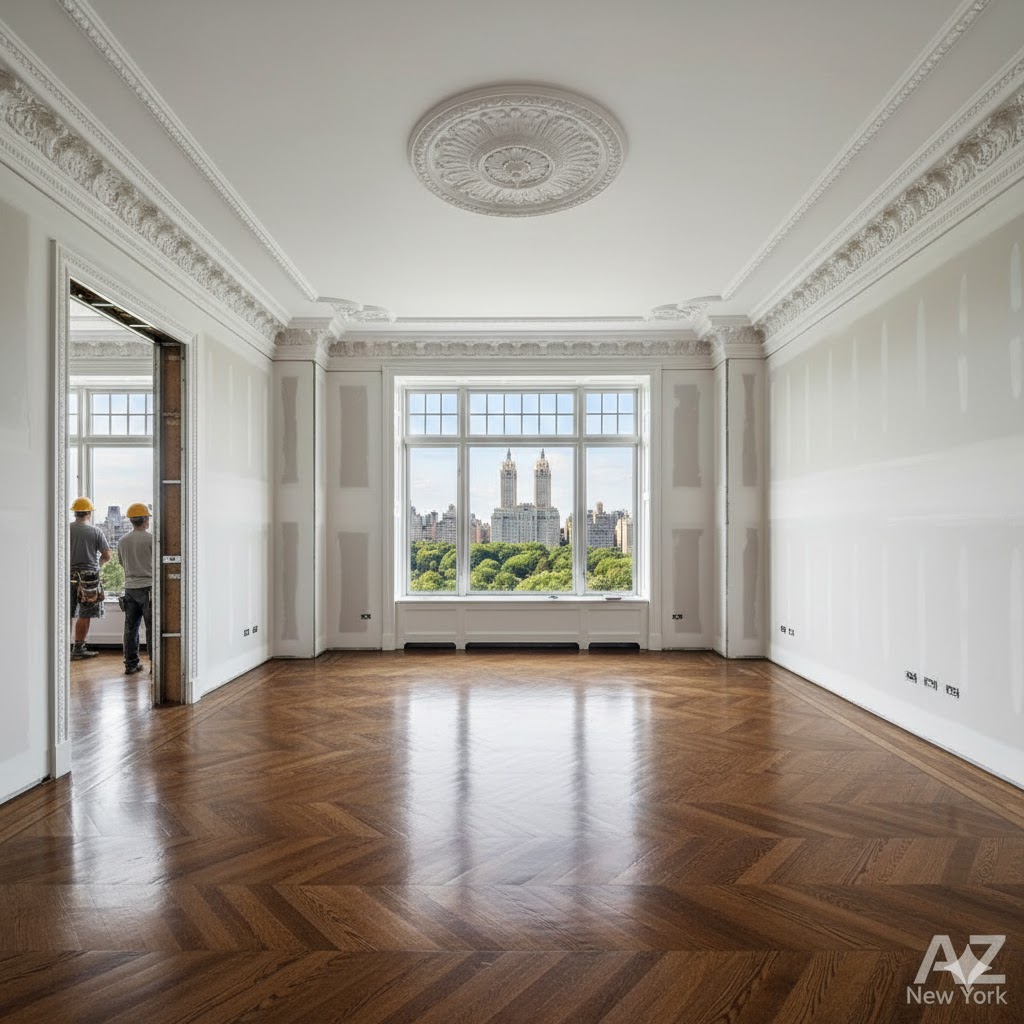What does the concentration of so much financial power in a single area say about social inequality in the U.S.?

What does the concentration of so much financial power in a single area say about social inequality in the U.S.?
The Financial District is a tiny island of immense capital in a vast national sea. The wealth generated and managed within these few city blocks is staggering.
When this geographic concentration of power is juxtaposed with the economic realities of the rest of the country, it tells a powerful story.
This concentration is not merely a reflection of social inequality; it is one of its most powerful engines. The mechanisms that make Wall Street successful can amplify the gap between the ultra-wealthy and everyone else.
In this seventeenth critical analysis, AZ New York explores how FiDi’s success is intrinsically linked to the widening wealth gap.
Two Americas: A Tale of Two Economies
The concentration of financial power creates two divergent economic realities, driven by different sources of wealth and access to opportunity.
| Economic Attribute | The Financial Economy (The Top 1%) | The Real Economy (The Bottom 90%) |
|---|---|---|
| Primary Source of Wealth | Returns on capital (stocks, bonds, private equity) | Wages and salaries from labor |
| Growth Mechanism | Compounding returns on existing wealth | Hourly wages, annual salary increases |
| Taxation | Preferential rates on long-term capital gains | Higher marginal rates on ordinary income |
| Access to Capital | Easy access to credit, private investment deals | Dependent on credit scores, high-interest loans |
The Mechanisms of Inequality: 3 Ways FiDi Widens the Gap
The inequality is not accidental. It is a direct result of the financial system’s core functions and its influence on corporate behavior.
Case 1: The Primacy of Capital over Labor
Wall Street is fundamentally in the business of making money from money. Its success is measured by returns on investment. This creates an economic model where capital is rewarded more handsomely than labor. As documented by economists like Thomas Piketty and reports from the Federal Reserve, wealth derived from capital has grown at a much faster rate than wealth derived from wages over the past few decades. This systematically benefits those who already own assets—the primary clients of Wall Street.
Case 2: The Rise of Shareholder Value Maximization
Wall Street’s influence has shifted corporate priorities. For much of the 20th century, companies balanced the needs of stakeholders (employees, customers, communities). Today, the dominant ethos is maximizing shareholder value. This often translates into practices like stock buybacks, which use corporate profits to boost the stock price, directly enriching shareholders. This diverts capital that could have been used for employee wage increases, research and development, or long-term investment.
Case 3: Influencing the Rules of the Game
Through immense lobbying power, the financial industry has successfully advocated for policies that favor capital accumulation. The most significant of these is the preferential tax treatment for long-term capital gains and dividends, which are taxed at a much lower rate than the income most Americans earn from their jobs. This creates a feedback loop: the wealthy earn more from their capital, pay a lower percentage in taxes, and have more capital to reinvest.
Pro Tip: When evaluating a public company, look at its “Statement of Cash Flows.” Find the line for “repurchase of common stock” (buybacks) and compare it to “capital expenditures” (investment in the business). This ratio gives you a direct insight into the company’s priorities: is it rewarding shareholders or investing in future growth?
Financial Market Curiosity: The Dow Jones Industrial Average (DJIA), the most famous stock index, wasn’t always so diverse. When it was created by Charles Dow in 1896, it consisted of just 12 stocks, almost all of which were heavy industrial companies. The original list included giants like General Electric (the only original member to last into the 21st century) and the U.S. Leather Company, reflecting an economy built on manufacturing, not finance or technology.
Frequently Asked Questions (FAQ)
The link between Wall Street and inequality is complex and often misunderstood. Here are some clarifications.
But doesn’t a successful Wall Street create jobs?
It does, both directly in high-paying finance roles and indirectly by funding companies. However, the debate is about the *quality* and *distribution* of that growth. Critics argue that the current model creates immense wealth at the very top while contributing to wage stagnation and job insecurity for the majority.
Is everyone on Wall Street contributing to this problem?
No. The financial industry is vast. Many people work in roles that are essential for the economy’s plumbing, such as in compliance, technology, or managing the retirement funds of millions of workers. The issue lies with the systemic incentives and power structures at the highest levels of finance that prioritize capital returns above all else.
What does this concentration of power mean for democracy?
This is a major concern for political scientists. The immense wealth concentrated by the financial sector translates into significant political influence through campaign contributions and lobbying. This can lead to policies that favor a small elite, further entrenching economic inequality.
This is a critical issue at the heart of the American system. For more on its impact, visit our Economy section.
Keywords for Your Next Internet Searches on the Subject…
Social inequality US, wealth gap Wall Street, income disparity causes, shareholder value theory, stock buybacks debate, capital gains tax, financialization of economy, Thomas Piketty summary.
Tags
Social Inequality, Wealth Gap, Income Disparity, Wall Street, Financial Power, Shareholder Value, Stock Buybacks, Capital Gains, Financialization, Economic Policy, FiDi, New York City, US Economy, Federal Reserve, Corporate Governance, Lobbying, Public Policy, Economics
Part 1: Business, Economy, and Power (1–20)
This section explores the core of what makes the Financial District tick: the deals, the institutions, and the immense power that flows through its veins.
- What does it really mean to “work on Wall Street” today?
- How does the “investment banking” culture of FiDi shape the global economy?
- What is the true influence of the New York Stock Exchange (NYSE) on the daily lives of ordinary people?
- How deep is the connection between the political power of Washington D.C. and the decisions made on Wall Street?
- Does the “Charging Bull” still symbolize prosperity, or has it become an icon of corporate greed?
- What are the best-kept secrets of the major investment banks headquartered in FiDi?
- How is the rise of fintech and cryptocurrencies challenging the traditional financial dominance of Wall Street?
- What is the true human cost behind the multi-billion dollar profits generated in the Financial District?
- If the walls of Goldman Sachs or J.P. Morgan’s offices could talk, what would they reveal about power?
- Is Wall Street’s “work hard, play hard” culture sustainable in the long run?
- What is the role of the Federal Reserve Bank of New York in the stability (or instability) of the world economy?
- How ethical are the practices that led to the rise of so many financial empires in FiDi?
- What is the impact of artificial intelligence on the high-frequency trading that occurs on Wall Street?
- Who are the real “wolves” of Wall Street today?
- How is the gentrification of the Financial District transforming the social and economic landscape of Lower Manhattan?
- What is the next major financial crisis that could emerge from Wall Street?
- What does the concentration of so much financial power in a single area say about social inequality in the U.S.?
- How does the annual bonus culture on Wall Street affect the mindset and decisions of traders?
- What is the true story behind the fortunes built and lost on Wall Street?
- If the Financial District were a country, what would its GDP and foreign policy be?
Part 2: Lifestyle, Behavior, and Wall Street Culture (21–40)
Beyond the numbers, there’s a unique culture. This section delves into the daily lives, habits, and social dynamics of the people who power the Financial District.
- What is the unwritten dress code for success in FiDi?
- What is the daily routine of a junior analyst at an investment bank on Wall Street?
- What role do happy hours play in the networking and deal-making culture of the Financial District?
- Is life in FiDi more like the show “Billions” or the movie “The Wolf of Wall Street”?
- What are the most coveted status symbols among Wall Street professionals?
- How does the pressure to perform affect the mental health of workers in the Financial District?
- What is the “secret language” and jargon used by Wall Street insiders?
- Is there a “Wall Street dream” analogous to the “American dream”?
- How do FiDi professionals balance their personal lives with the long working hours?
- What is the role of exclusive clubs and secret societies in Wall Street’s power hierarchy?
- How has Wall Street’s culture changed since the 2008 financial crisis?
- What do “Wall Street bros” do for fun on the weekends?
- What is the soundtrack to the life of a successful trader on Wall Street?
- How important are philanthropy and donations to the public image of Wall Street billionaires?
- What are the gender dynamics like in an environment as male-dominated as Wall Street?
- What is the diet of a high-performance professional in the Financial District?
- What do Wall Street veterans teach newcomers about surviving in this competitive environment?
- What is the impact of Wall Street culture on New York City’s nightlife and relationships?
- What happens when someone on Wall Street “breaks” and loses everything?
- What cultural legacy is the current generation of Wall Street professionals leaving for the future?
Part 3: Architecture, Real Estate, and Urbanism (41–55)
The very streets and buildings of the Financial District tell a story. Here, we examine the physical environment that houses the world’s most powerful economic engine.
- How does the architecture of the Financial District’s skyscrapers reflect the power and ambition of their occupants?
- What is the story behind the names of FiDi’s streets, like Wall Street, Broad Street, and Pearl Street?
- How did One World Trade Center and the 9/11 Memorial change the landscape and spirit of the Financial District?
- What is the real cost of a luxury apartment with a view of the world’s financial heart?
- How did the geography of Lower Manhattan influence the development of the Financial District?
- What architectural secrets are hidden in the historic buildings of Wall Street?
- How does FiDi’s transportation infrastructure (subway, ferries, etc.) support the daily flow of millions of people?
- What is the future of office space in the Financial District in the era of remote work?
- How are security and surveillance integrated into the architecture and urban planning of FiDi?
- What is the historical significance of places like Trinity Church amidst the modern skyscrapers?
- How is real estate development in FiDi expanding into adjacent areas like the Seaport District?
- What is the environmental impact of concentrating so many buildings and people in such a small area?
- What do future urban planning projects reveal about the evolution of the Financial District?
- What does it feel like to walk through the narrow streets and canyons of steel and glass in FiDi?
- How is New York’s history as a commercial port still visible in the urban landscape of the Financial District?
Part 4: Gastronomy, Entertainment, and Leisure (56–70)
Where do the power players dine, drink, and unwind? This section explores the culinary and recreational landscape of the Financial District.
- Where do Wall Street bankers have lunch to close multi-million dollar deals?
- What is the most iconic bar in the Financial District for a “power happy hour”?
- How has FiDi’s dining scene evolved from simple “power lunches” to Michelin-starred restaurants?
- What role do steakhouses play in Wall Street’s business culture?
- What are the secret getaways and leisure spots for FiDi professionals to escape the pressure of work?
- How does the nightlife in the Financial District compare to other Manhattan neighborhoods, like the Meatpacking District?
- What is the most ordered drink in Wall Street bars after the market closes?
- Where do Wall Street traders celebrate a day of record profits?
- How important is coffee to the frantic routine of the Financial District?
- How are cultural and artistic events beginning to flourish in an area traditionally focused on business?
- What is the best spot in FiDi to watch the sunset over the Hudson River?
- What luxury entertainment options are available to the Wall Street elite?
- How does street food (food trucks) adapt to serve the hurried crowds of the Financial District?
- What do the restaurants and bars in FiDi reveal about the hierarchy and status of their patrons?
- What is the experience of dining in an exclusive restaurant at the top of a Financial District skyscraper?
Part 5: Luxury, Fashion, and Status (71–80)
In a world of high stakes, symbols of success matter. This section looks at the role of luxury, fashion, and status in the Financial District.
- What is the unofficial “uniform” of a successful investment banker on Wall Street?
- What are the most popular watch brands among traders in the Financial District?
- How are luxury and ostentation perceived in Wall Street culture?
- What is the dream car of a young analyst who has just received their first big bonus?
- How has fashion in FiDi evolved from the traditional suit and tie to a more “business casual” style?
- What are the favorite luxury stores and boutiques of the Wall Street elite?
- What does a bespoke suit say about someone’s position in the Wall Street hierarchy?
- How are accessories (shoes, briefcases, pens) used as symbols of power and status in FiDi?
- How important is membership in exclusive gyms and fitness clubs in the Financial District?
- How does the concept of “luxury” on Wall Street extend beyond material goods to include experiences and exclusive access?
Part 6: History, Curiosities, and Memes (81–90)
The Financial District is steeped in history and modern lore. This section uncovers fascinating stories, hidden facts, and the neighborhood’s role in internet culture.
- What is the real origin of the name “Wall Street”?
- What were the most dramatic and iconic moments in the history of the New York Stock Exchange?
- What is the story of the “Fearless Girl” statue and its relationship with the “Charging Bull”?
- What are the most famous legends and myths about the early days of Wall Street?
- How do internet memes (like the “Stonks” meme) portray and satirize the world of Wall Street?
- What were the biggest financial scandals that rocked Wall Street throughout history?
- What is the history of Federal Hall, the site where George Washington was inaugurated as the first U.S. President?
- Who are the “ghosts” of Wall Street—the companies and fortunes that vanished overnight?
- How have movies and books shaped the public’s perception of Wall Street?
- What is the most surprising curiosity about daily life in the Financial District that most people don’t know?
Part 7: Future, Innovation, and Technology (91–100)
What’s next for the Financial District? This final section looks ahead at the trends, technologies, and challenges that will define the future of Wall Street.
- How could blockchain technology and decentralized finance (DeFi) make Wall Street obsolete?
- What will be the role of humans in the financial market as artificial intelligence becomes more sophisticated?
- How is the Financial District adapting to climate change and the need for sustainability?
- What is the next major technological innovation to come out of “Silicon Alley” and impact Wall Street?
- How will remote work and the decentralization of offices affect the future of the Financial District as a center of power?
- What is Wall Street’s role in funding space exploration and other futuristic technologies?
- How is Generation Z changing the culture and priorities of the financial sector on Wall Street?
- Will the Financial District continue to be the world’s financial center in the coming decades, or will it be surpassed by other global hubs like Shanghai or Singapore?
- How are big data analytics and quantum computing transforming investment strategies on Wall Street?
- What is the most important question about the future of Wall Street that no one is asking?

